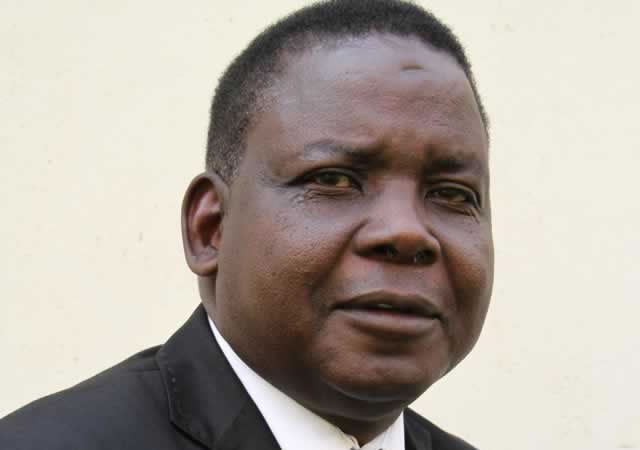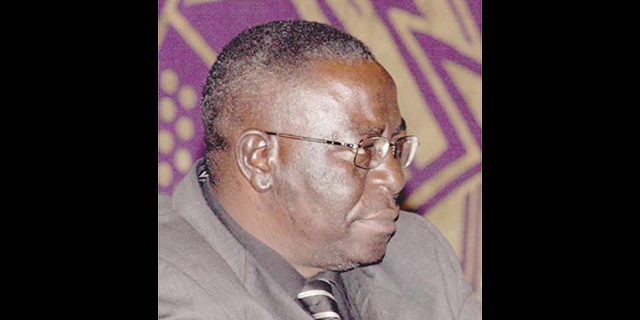Dairibord’s $8m investment pays off

Golden Sibanda Senior Business Reporter
Dairibord Holdings has started reaping the fruits of its $8 million capital expenditure with a stellar performance between January and April where volumes went up by 22 percent.
The out-turn was driven by the growth in beverages, better product mix, strong performance by Dairibord Malawi, improved efficiencies and growth in own milk production.
Group chief executive Mr Anthony Mandiwanza told journalists after the group’s annual general meeting that there was strong growth in beverages, which dominated revenue inflows.
Investment in new yoghurts, ice cream and purified water plants also helped contain costs, increased revenues and volumes to keep the group within range of its first half targets.
“Key drivers of growth in the first four months were growth in beverages, changes in the product mix; we have seen a move towards low value goods, but high volume products.
“(Growth was also driven by) low steri-milk production (costs) and increased contribution from the heifer programme; 10 percent of our milk now comes from the programme,” he said.
Mr Mandiwanza said the company will commission its $4 million rehabilitated sterilised milk plant in Chipinge next month, which has significantly enhanced efficiencies in that area.
Dairibord, which consumed 8 million litres in the period to April 2015, has so far imported 500 heifers for own milk production and another batch of 500 will be imported by year end.
It has also secured a $1,6 million loan facility from a local commercial bank for the heifer importation programme and Mr Mandiwanza said the facility was obtained at 8 percent all in cost.
He said revenue for the period under review was 6 percent above the same period last year, operating profit came it at 1 percent from minus 2 percent last year while raw milk intake fell 3 percent.
“The key issue on the milk intake was because of Malawi. In January and February, because of the floods in that country, we were not able to collect milk from the production centres,” he said.
But Mr Mandiwanza pointed out that the selling price for low value products went down 13 percent on account of a wider product mix, as the dairy processor traded down to boost demand. Beverages contributed the most volumes at 54 percent followed by liquid milks 32 percent and bottom of the pyramid of the product mix portfolio was foods at 14 percent.
The company is exploring markets for its range of leading brands and has targeted Zambia and Mozambique in the wake of weak domestic demand due to low disposable income.
Mr Mandiwanza also indicated that the capital expenditure programme had significantly positively impacted on the cost structure of the company, a targeted key driver of the business. Overall, cost increased by 3 percent in the first four months to April.
He said raw milk intake costs came in 5 percent below last year, packaging material went up 13 percent in line with growth in volumes, labour cost were down 4 percent while repairs and maintenance declined 20 percent in response to capital expenditure.











Comments